
The evolution and spread of the industrial-technological surveillance state in the 7 years since this text was written has been fast-paced and this text is archived here for reference and interest. If an active critique of the totalitarian mechanisms of social control was necessary in 2005, the same critique is even more needed now; against these advancing forms of technical domination and the hierarchical society which demands them. For war against the existent…
-
Britain is full of companies involved in the worst kinds of financial activity, the population is terrorised by government-media campaigns, held captive by aggressive borders, and attacked by violent police who kill with impunity. Behind the ‘democratic’ facade is Empire, enforced by ever more complex means. Every day people are scrutinised under intense surveillance and subjected to the highest levels of consumer propaganda. The authorities are enthusiastic advocates of control technology in all of its guises and have long set the benchmarks for others across the globe. There are an estimated 4.5 million CCTV cameras installed across the country: one per 14 people. This tidal wave of CCTV certainly shows no signs of abating, if anything it is gaining momentum, Britain is on the verge of a Closed-Circuit Television transformation – Companies and researchers are pushing the latest development – Digital, or ‘Smart’ CCTV.
This will enable users of CCTV to store much more data in a more flexible format such as DVD, or on computer hard-disk. Manufacturers claim that software used with the Digital CCTV can also automatically identify street crime, such as vandalism and theft even before it is committed. It is expected to be introduced in parts of the country in the next 12 months, and is being touted as a weapon against terrorism, the usual doublespeak of the bosses. It will be used to protect finance and police the zones of capital, to pursue ‘anti-social behaviour’ and maintain curfew on the excluded. As anarchists we re-assert the diverse world of community; we reject the ‘community’ that the social architects, police, law lords and bosses talk of; it is a consumerist fantasy used to keep people obedient.
On average, each person in the UK is said to be recorded 300 times a day, as end-to-end CCTV security from the borders unfurl. Most, if not all, transport networks are covered by the viewing apparatus of the State. Every city and almost every town centre is covered by cameras operated by local authorities. They view most shops, pubs and cafes, which usually all have their own surveillance systems anyway. Most of the motorways and many roads are covered in cameras, numberplate recognition cameras were introduced in 1997, and many places have cameras which detect speed & road-tax payment automatically. CCTV is said to bring about an average 5 per cent reduction in crime, however a study in 1999 revealed that crime rose 9 per cent and the clear-up rate fell 4 per cent after cameras were installed in Glasgow.
One application of Digital CCTV is ‘Intelligent Pedestrian Surveillance’ (IPS) marketed by IPSOTEK. This image analysis software will alert CCTV operators when a potentially suspicious event occurs. The program was the product of 10 years of research and collaboration between 6 European countries in an EU funded project. IPS technology is connected to a sophisticated pattern recognition programme called ‘Cromatica’, in which CCTV cameras detect unusual activity by recognising patterns pre-programmed into the computer’s memory. The software compares images from each CCTV camera in use, with pictures of the space devoid of any activity, analysing each pixel to pick out those that differ between the two images. People’s movements are reduced to a series of pixels and compared to a pre-defined set of patterns, or ‘algorithms’. Clusters of pixels which could be objects or people are tracked in real time, using computer vision techniques that record and examine patterns of behaviour. There were trials of the software in late 2004, in London’s Mile End underground station and Liverpool St. station. People using these stations were not told about the project. A London Underground spokesperson who oversaw the installation at the stations said: “…this puts it on another plane. It means that you don’t have to look at a screen all of the time,” Indeed it seems likely this is just the beginning, Ken Moore, director of IPSOTEK, said: “This technology will do for CCTV what computers did for accountancy in the Sixties and Seventies.”
IPSOTEK states that its systems are easy to integrate with other biometric technologies (Gait recognition, Facial Geometry recognition. etc.) as well as Smart cards/RF ID. They boast that they can provide a level of surveillance far superior and more cost effective than provided by human operators alone. One of the technical minds behind the company, Sergio Velastin, of Kingston University, London, spent a decade developing the mathematical algorithms for IPS.
Some of the features of IPS are:
Detecting Intrusions – When something enters an area of view that has been pre-defined as ‘off-limits’, the operators are alerted to the unauthorised entry.
Evaluating Density – The software is able to monitor the amount of people, congestion, abnormal pedestrian flows (i.e people walking against the flow of crowd, unusually slow or quick pace etc.).
Abandoned Packages – The system can alert operators to any object that is not defined within its limits.
Loitering – The system can detect people who spend a long time in one camera view, even if fairly active.
‘Abnormal’ Behaviour – Graffiti, vandalism, overcrowding and other ‘suspicious’ behaviour.
If the technology is successful it could begin to end the weakness that has long dogged CCTV, that there are too many cameras and not enough people to keep track of them. In the U.K, with the sheer proliferation of CCTV cameras, they are becoming increasingly difficult to manage. Besides being a tedious task, watching mostly inactive CCTV monitors also demands a higher level of concentration than many people can manage. The IPS system can work with up to 1,024 cameras at once.
In a recent survey of hundreds of U.S. & U.K. security executives, intelligent surveillance / smart CCTV was one of the top items in demand, and many other companies are working on similar technologies. IPSOTEK is involved in Chicago, where trials will be funded by a $5 million grant from the US Department of Homeland Security. Chicago hopes to have the new technology installed by spring 2006, along with 250 state-of-the-art cameras.
IPSOTEK stands to make a lot of money in digital policing. Unless we actively fight against this technology, and attack the companies and individuals behind it, it will only be a matter of time before we have smart CCTV on our streets, in our public places, and working environment. Anyone involved in the management, development or finance of these kinds of control technologies is a target.
Pattern recognition systems, which are vital to digital/smart CCTV, are also key to understanding biometrics analysis, which are typically, computer programs, that recognise, cross-match, classify and cluster information. Biometric technologies are automated methods of identifying individuals based on mass profiling: Fingerprinting; DNA analysis; Speech analysis; Gait recognition; Iris recognition; Facial geometry recognition. Most iris pattern recognition systems are based on software created by John Daugman of Cambridge University. An image of an iris, with all the tiny pits, ridges and strings of tissue that make it unique, is turned into a series of three-dimensional contour maps. This information is compressed into a code of 1′s and 0′s just 2048 digits long. This code can be stored or checked against existing records in databases or smart cards. Iris scans are faster and more accurate than any other computerised means of identifying people, such as fingerprint, face or voice recognition. Getting the public to accept the intrusion of eye scans is critical to the companies behind the technology, and the governments who want to use it. The problem is the sheer number of people to be identified, and the vast amount of IT work involved, plus the ability of the technology itself. There is an upper limit to the reliability of iris scans, there are so many environmental variables: scans can be affected by lighting conditions and body temperature, so much so that a system can fail to match two scans of the same iris taken under different conditions. Even so, according to the UK government, in their recent biometric tests for the national ID project there were no false matches in over two million tests. Not long ago similar claims were made for facial geometry recognition software, which has still to make its mark, due to the limitations of the software.
According to a Hitachi Data Systems survey, 65% of European Information Technology directors wanted iris recognition and finger-print scanning introduced into the workplace in the near future, with most of them wanting the technology implemented within the next two years. 54% of those IT directors expected staff to resist the introduction.
All governments are constantly looking at better identification systems to monitor all physical and virtual territory, they want to control and survey all migration, all phone access, all internet. Technologically controlled societies formed under the pretext of fighting terror, illegal immigration and drug-dealing.
The authorities view biometrics as crucial to track and maintain a hold on their citizens movements and activities, through immense databases of credit history, biological profile, and social security. In the UK and across the whole of Europe, State/Capital is pushing for Identity Smart Cards. Smart cards are similar to existing credit cards, except they have an inbuilt computer chip, which has the ability to store and manipulate large amounts of data. In an ID system that combines smart card and biometric technologies, a stored biometric template (Iris, DNA) is compared to the ‘live’ image and/or the ‘enrolled’ image captured when the subject was first processed in the system. Frequently smart cards are contactless, and can interact intelligently with readers up to 10 metres away. This kind of wireless technology, known as RF ID, Wi-Fi or Bluetooth uses short-range signals which allow electronic devices to communicate with each other.
RF ID is a technology developed by a group of electronics manufacturers that allows any sort of electronic equipment to make its own connections without wires, cables or any direct interaction with a user. RF ID devices use a technique called spread-spectrum frequency hopping to prevent interference, and by sending out very weak signals of 1 milliwatt. To compare, a mobile phone can transmit a signal of 3 watts. A RF ID device will use 79 individual, randomly chosen frequencies 1,600 times every second, meaning that a lot of devices can make use of a limited slice of the radio spectrum. This technology has the capacity to completely change our living environments. The convergence of these three types of technology – RF ID, Biometrics, Smart Cards – is like the push for the – Phone, Camera, Email device- It’s all about multi-functionality, miniaturization and flexibility – the companies behind it are envisaging totally integrated global consumer environments, with user profiling and the whole range of social control and domestication applications.
Many RF ID gadgets are open to wireless hacking. There are software tools available and in development, that allow data to be stolen through the air from laptops, mobile phones, PDA’s and even smart cards. A person can use the programs to identify nearby devices that use wireless protocol.
A virus that spreads from one cell phone to another has been created by a security group called 29.a, it transmits itself to phones that have a Bluetooth connection. Unlike most computer worms, it does not exploit a vulnerability in the operating system, it exploits the way the phone is supposed to work. Bluetooth transceivers automatically contact each other when they come into range, and the operating system is designed so that files can be exchanged over the Bluetooth connection. A combination of Bluetooth connections and increasingly sophisticated cell phone software could eventually lead to a good environment for malicious phone viruses capable of bugging calls and deleting the phonebooks, calendars and diaries stored on smart phones. Because it is possible to manipulate the networks of the convergence technologies in this way, groups and individuals will still be able to subvert the system. Using traditional techniques and sophisticated cracking/cloning measures, the black market in identities will survive.
Unless an individual has been identified by the authorities as a threat, surveillance technologies are no help. They are more devices for social control, they let a government & corporation track you and know more about you.
They will not stop the fascists or fanatics, those who blow up trains or carry out other horrific attacks against working class people, the addicts of right-wing ideologies who think human beings dispensable to the force of history. These people have more in common with our authoritarian overseers than they ever could anarchists.
We are not data for machines. Our social environment does not require the ordering, organizing, coercive force. These technologies are yet another aspect of automated capitalist repression, of the absolute negation of self-management, of self-reliance, of autonomy. We are not merely the flows of finance. We refuse to be processed, or submit to the authority of the digital. We are a statistic that cannot be compiled, we reject this consumer society of inhuman values and quantified poverty. We do not want this technology extending into all areas of our societies. We can come up with viable alternatives to endless surveillance, incarceration and inhumanity, we can stop this cycle of degradation and prison.
Clearly, that solution is to destroy this capitalist system of competition and property, straight away.
Against the Control Software – Against Biometrics & Surveillance
http://325.nostate.net/?p=5160#more-5160


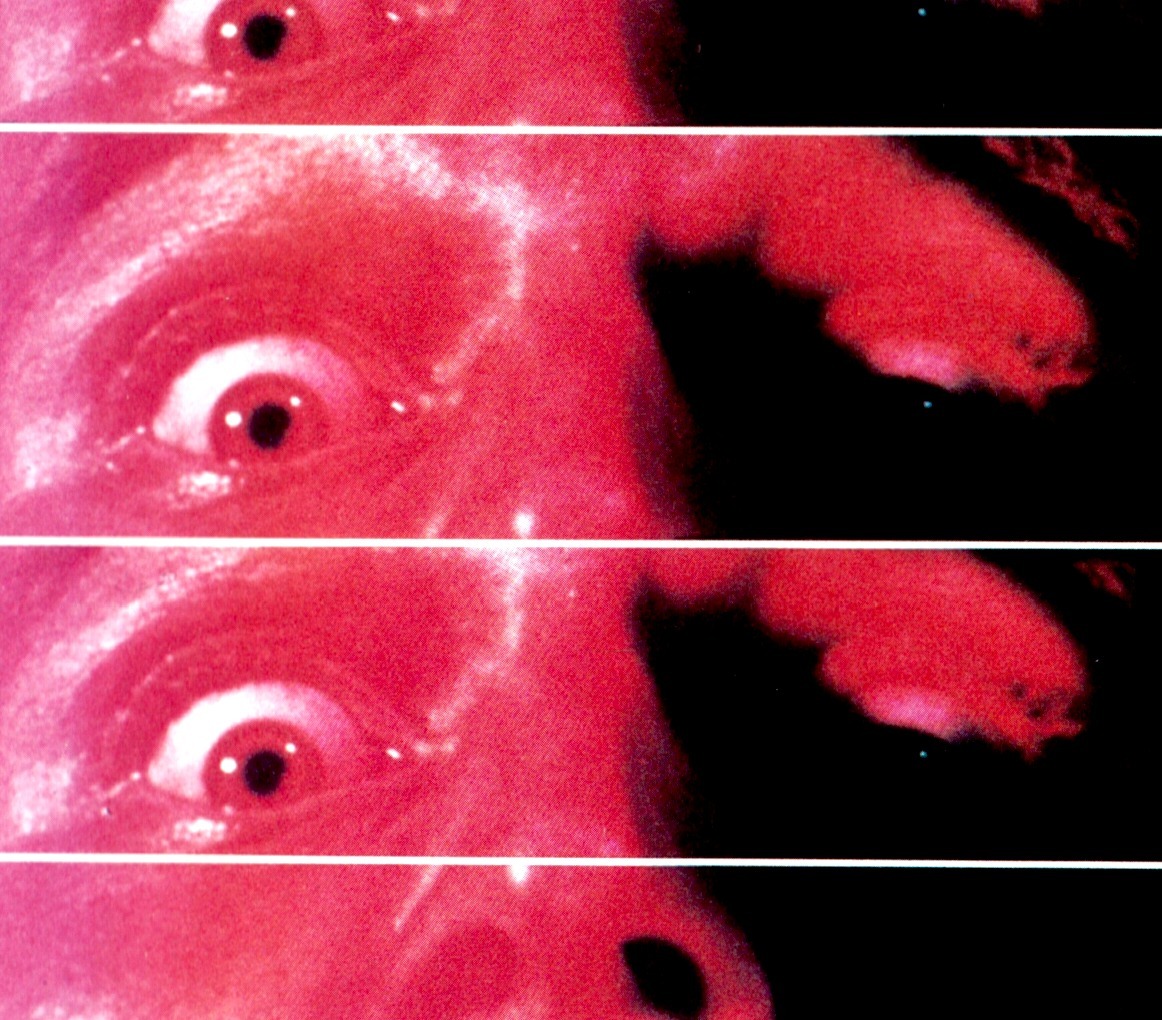
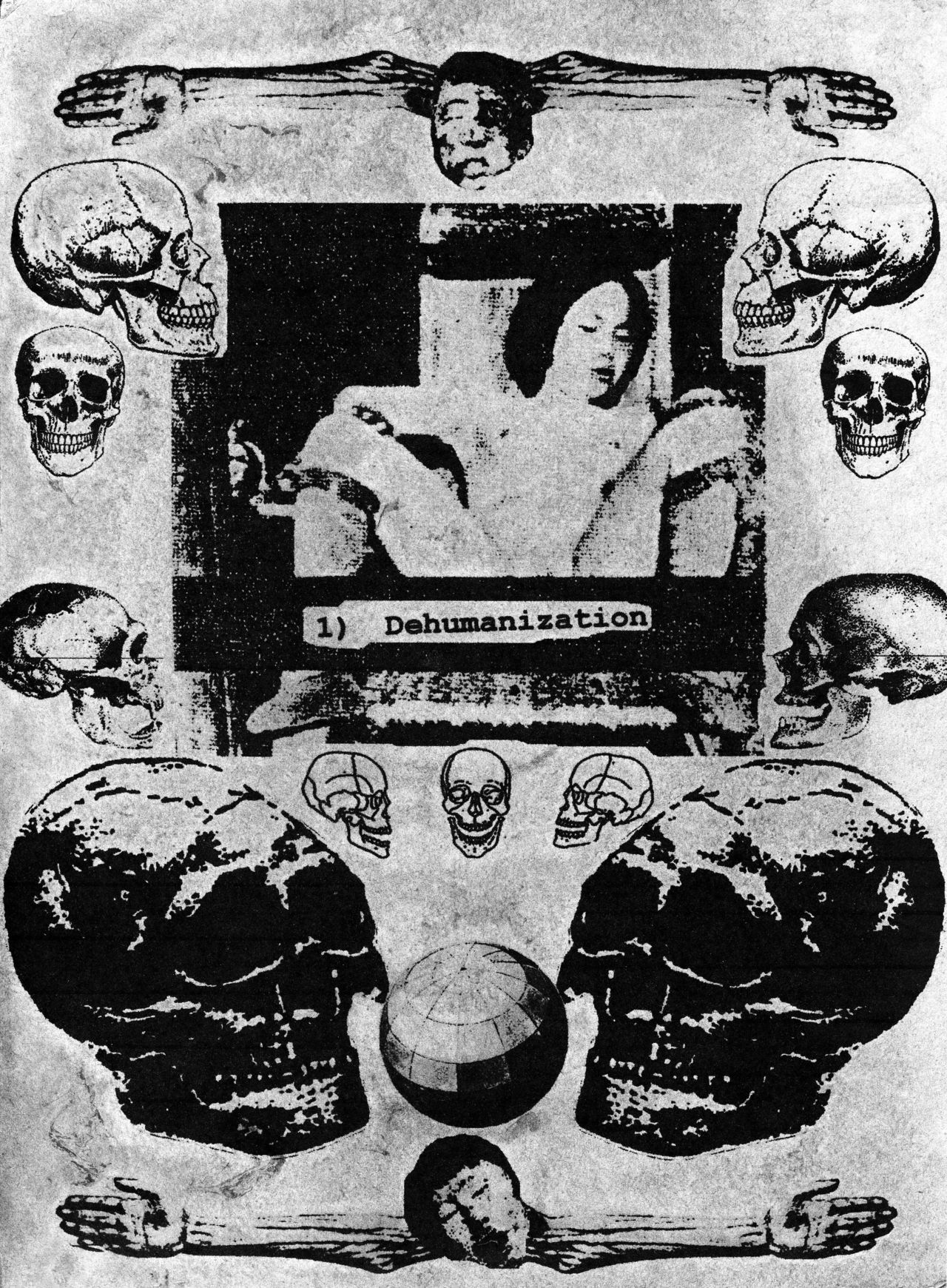


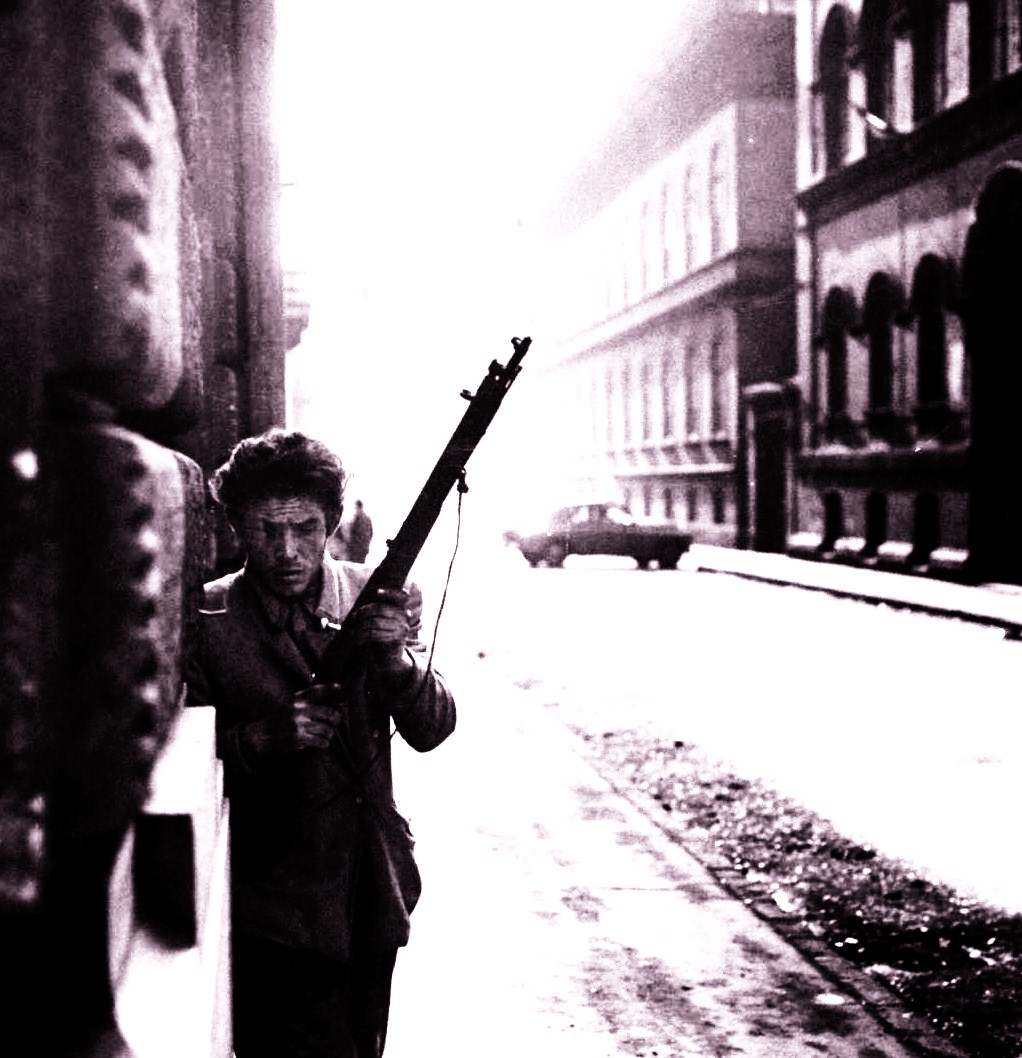
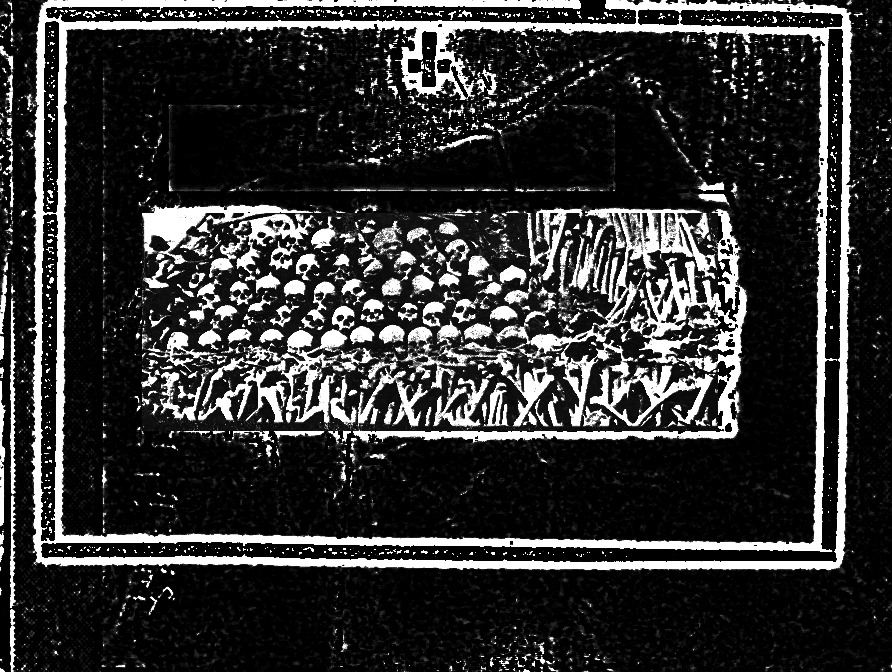
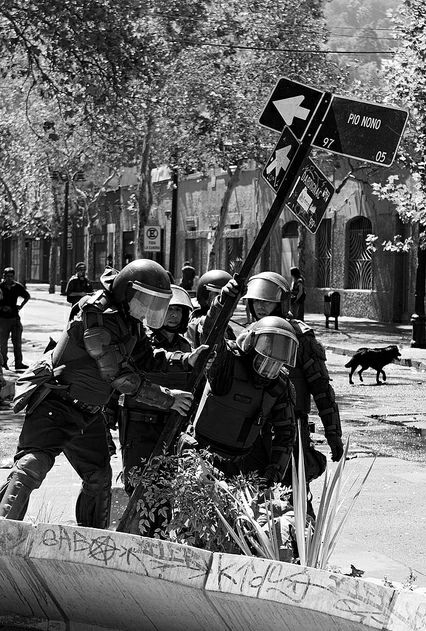
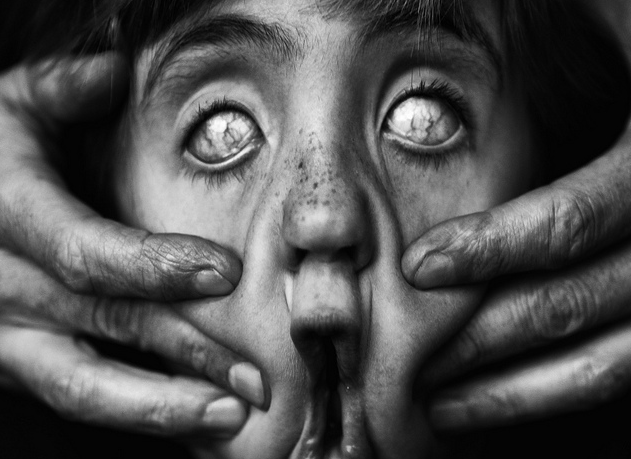


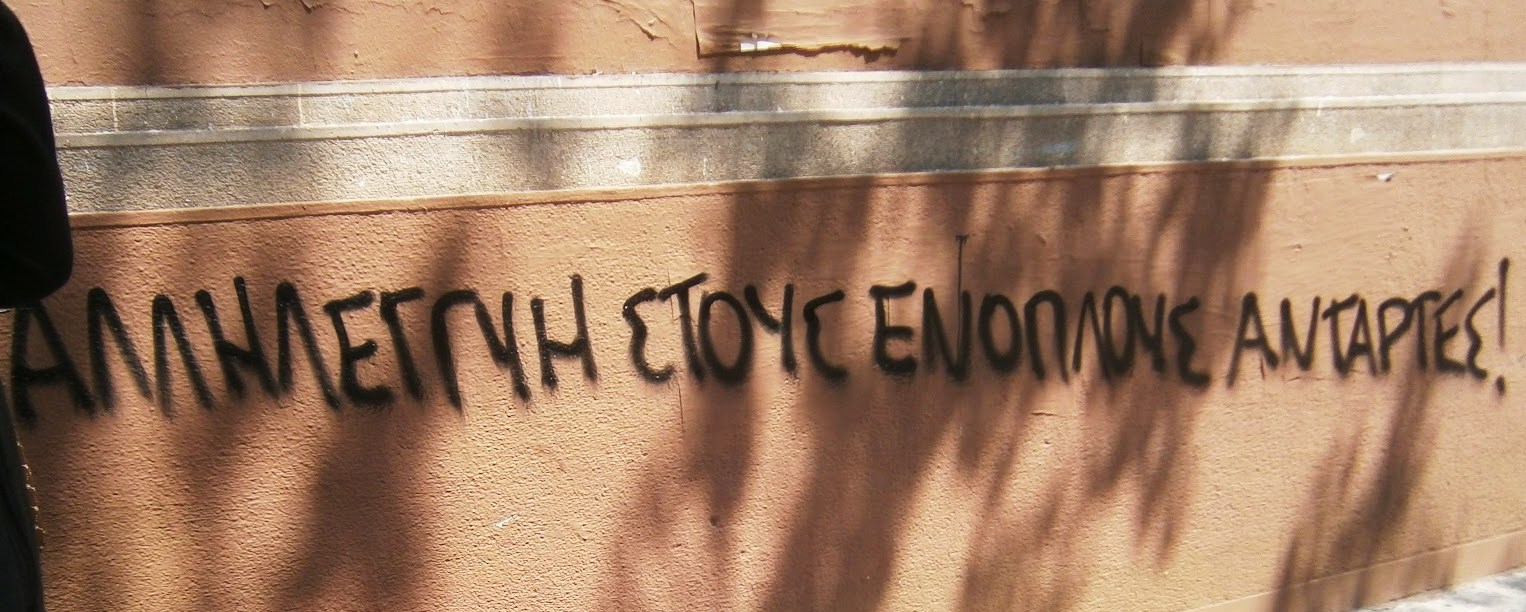

![Eurorepressione - Sulla conferenza a Den Haag sul tema "Anarchia" [corretto]](http://25.media.tumblr.com/tumblr_m0jvngOXtY1qa2163o1_1280.jpg)
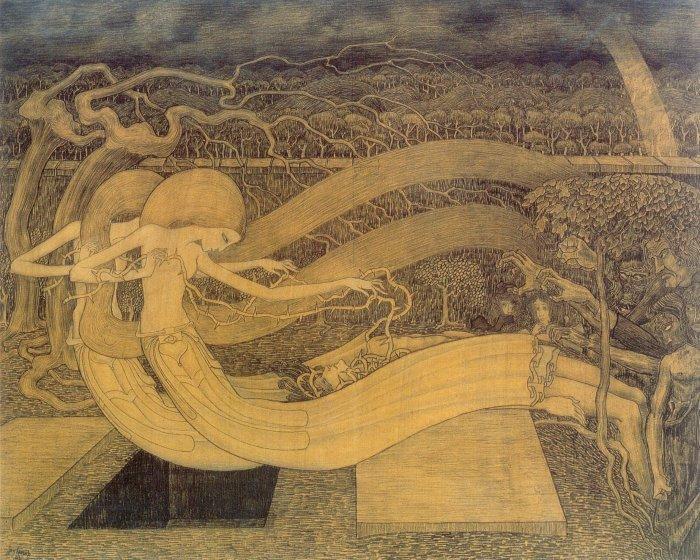
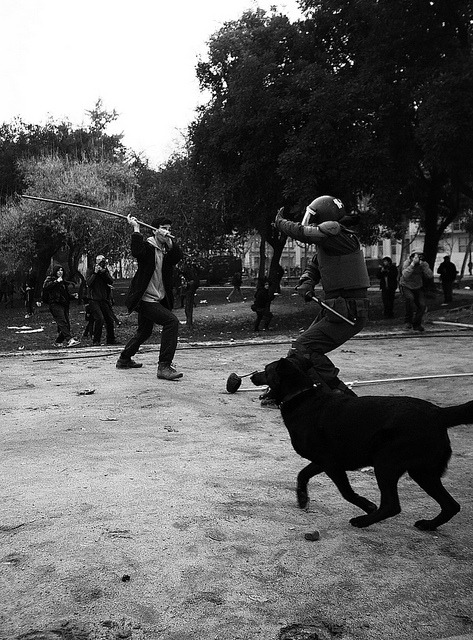
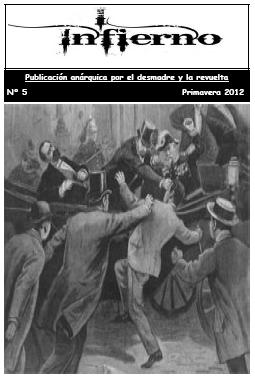
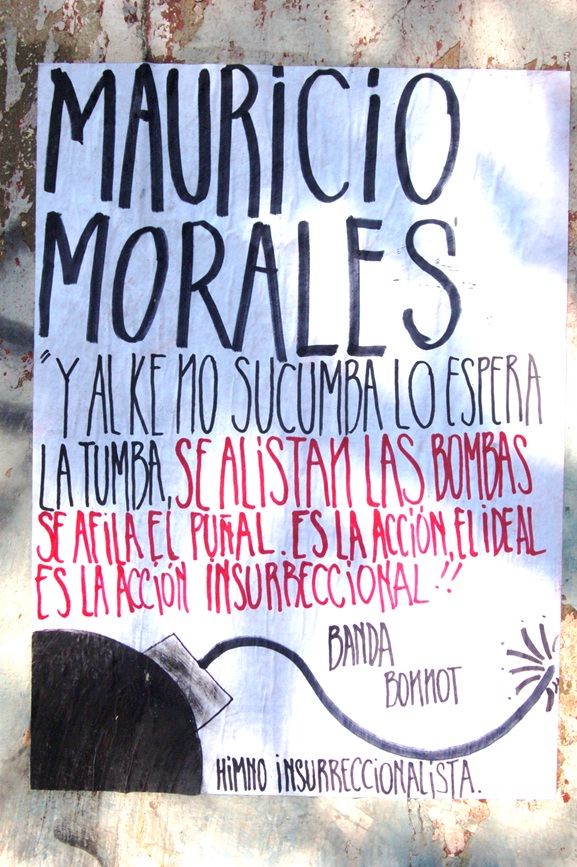
![A tres años de la Partida de Mauricio Morales: De la Memoria a la Calle [Stgo.]](http://metiendoruido.com/wp-content/uploads/2012/05/mmacividad.jpg)





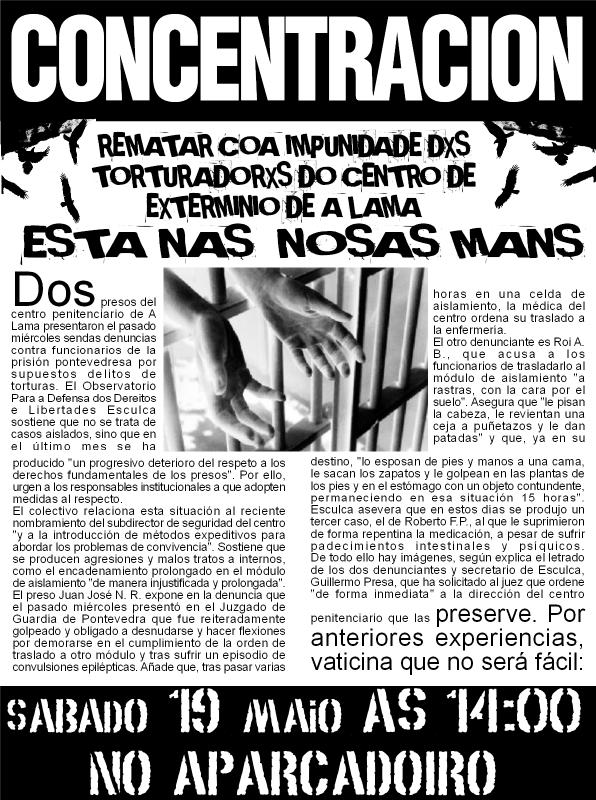



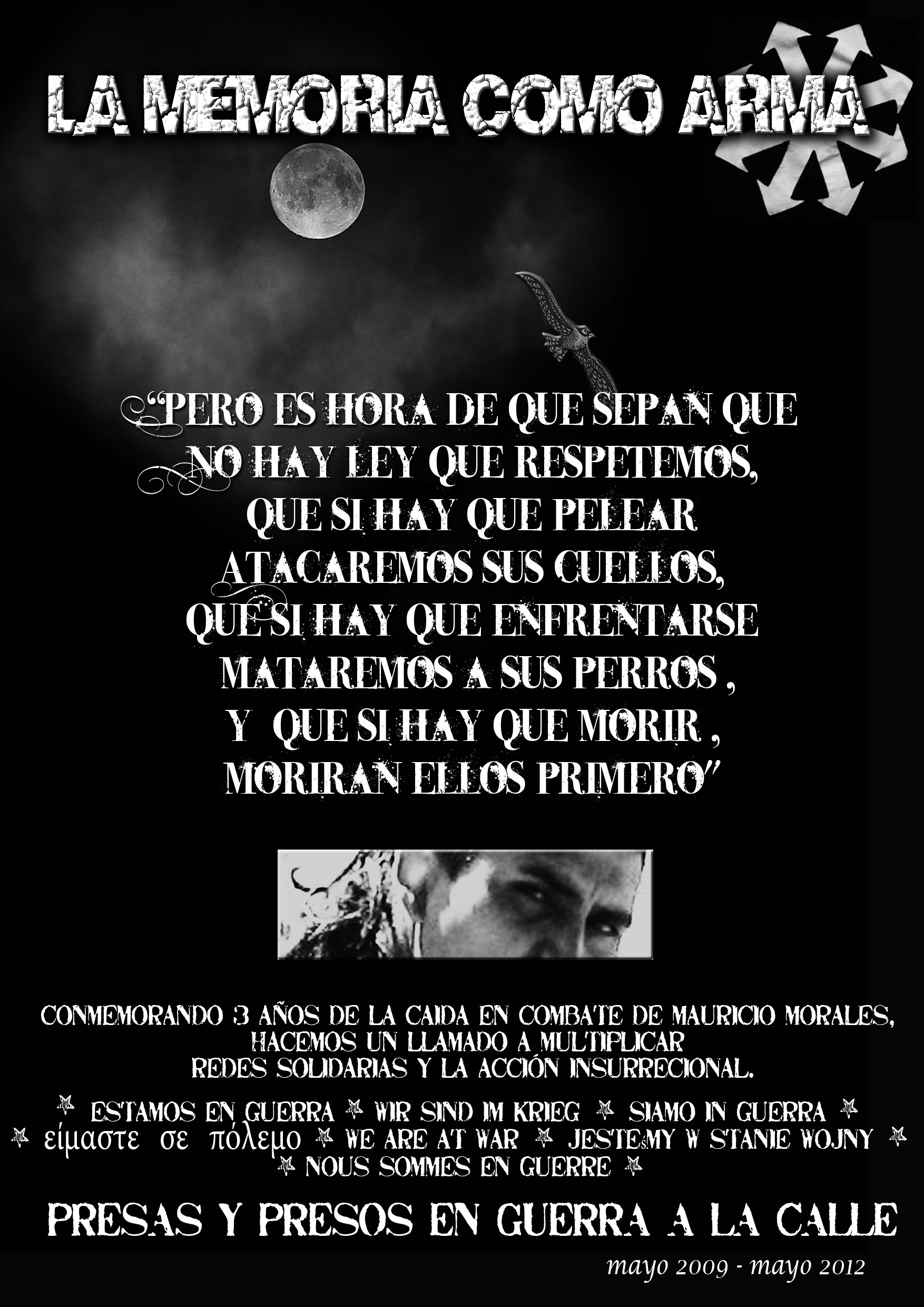
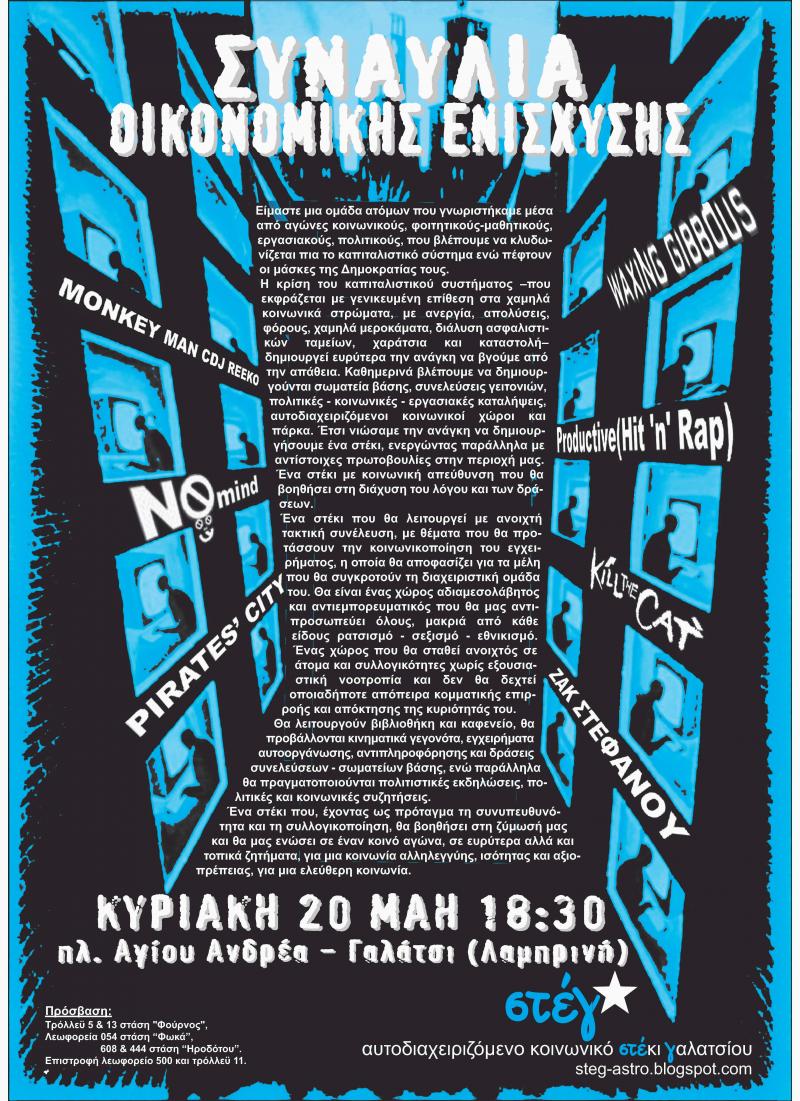








Nessun commento:
Posta un commento